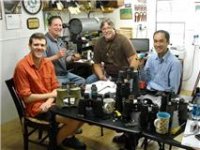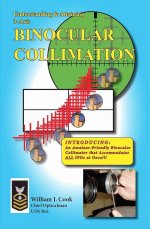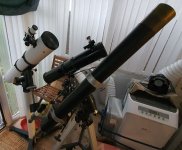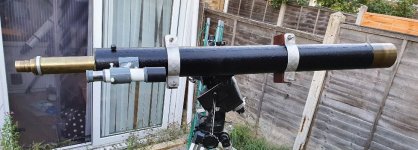thanks Ed,
chuffed to bits with the result and to crown it all, got my first sight of comet neowise last night and with these HR/5's at that so they've restarted life with a spectacular viewing session
The fun part of that repair tho was no machine tools to mill the metalwork, so I had to rig a solution so that the ally arm was level when filed down. Simple work-around after hand filing most of the way was 2 wood blocks taped at the ends of the file and a plastic block raising the arm a fraction above meeting the file. Double-sided taped the arm to the plastic block and on a flat surface, gently work the file till it was no longer removing any metal. Seems to have done the trick as the arm sits nice and square/level now it's all fitted up.
chuffed to bits with the result and to crown it all, got my first sight of comet neowise last night and with these HR/5's at that so they've restarted life with a spectacular viewing session
The fun part of that repair tho was no machine tools to mill the metalwork, so I had to rig a solution so that the ally arm was level when filed down. Simple work-around after hand filing most of the way was 2 wood blocks taped at the ends of the file and a plastic block raising the arm a fraction above meeting the file. Double-sided taped the arm to the plastic block and on a flat surface, gently work the file till it was no longer removing any metal. Seems to have done the trick as the arm sits nice and square/level now it's all fitted up.








